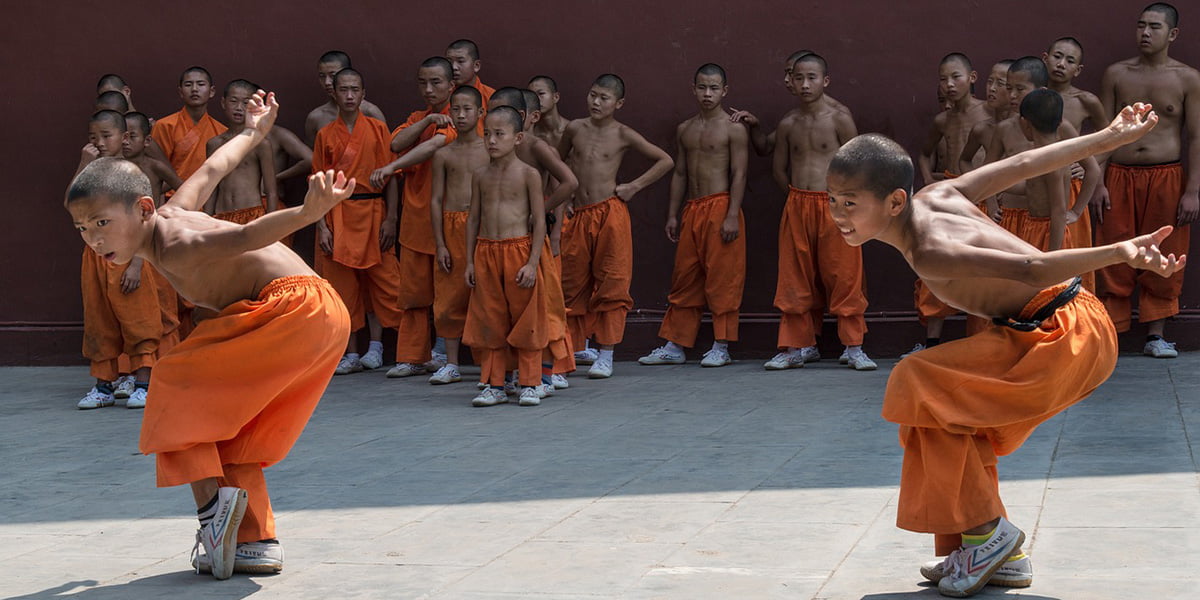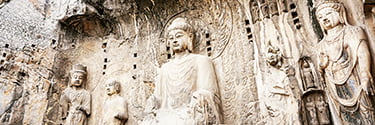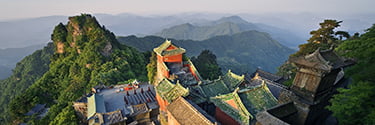Discovering Chinese Tea: A Journey Beyond the Brew
China, the vast land of dragons, emperors, and age-old traditions, beckons travelers with a tapestry of cultural experiences. But among its iconic terracotta warriors, the Great Wall that meanders majestically like a guardian dragon, and its pulsating cities like Beijing and Shanghai, there lies a more soothing, aromatic journey that many have yet to embark on. This is the immersive journey of the Chinese tea.
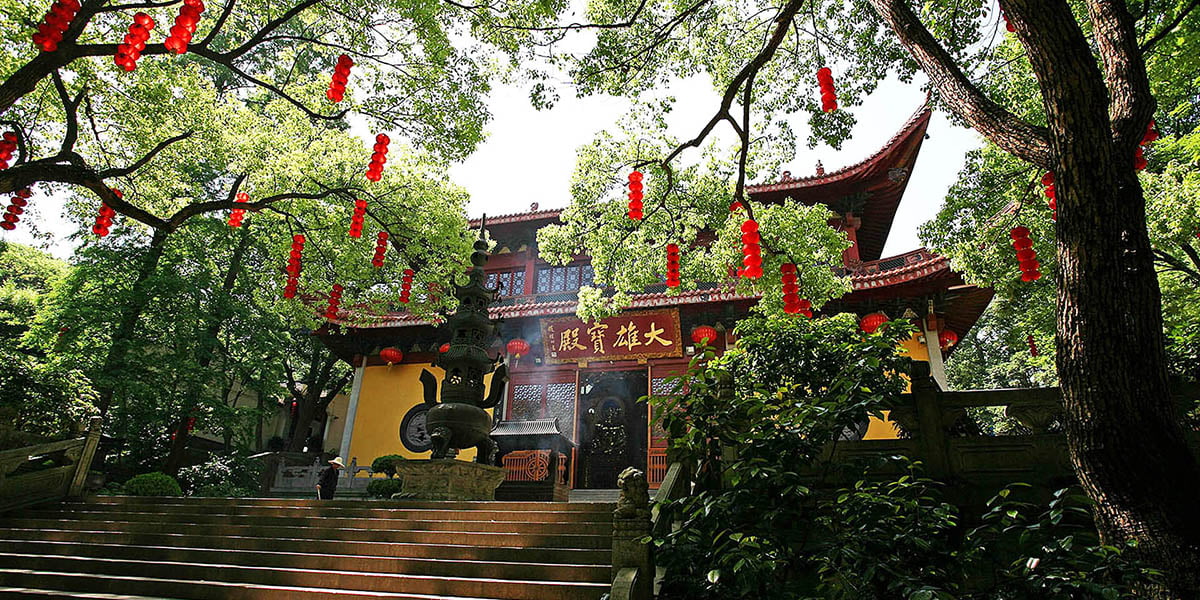
The Historical Brew: Chinese Tea’s Ancient Roots
Chinese tea isn’t merely a drink; it’s an embodiment, a living testament to China’s rich history. Some believe that the roots of tea drinking stretch back to the reign of Emperor Shen Nong in 2737 BC. Legend poetically narrates that the Emperor was peacefully boiling water when a serendipitous gust of wind allowed tea leaves from an overhead tree to playfully float into his pot. Allured by the newfound aroma, he took a tentative sip and, just like that, tea — the world’s most treasured beverage — was introduced to humanity.
Journeying through time, we arrive in the historical cities of Hangzhou and Suzhou, which etched their importance on the famed Silk Road. Merchants, monks, and intrepid travelers bravely carried these precious tea leaves through treacherous terrains and expansive landscapes, giving the world its very first taste of this Chinese elixir.

The Art of Chinese Tea
Drinking Chinese tea transcends the act of merely boiling water and steeping in some tea leaves. It’s a dance, an art, a ritual. The traditional Chinese teapot, often crafted from the finest clay, is central to this. Its design not only aesthetically pleases but functionally retains the heat, ensuring the nuanced flavors of the tea are extracted perfectly. The act of pouring the tea, too, is a study in elegance and precision, often carried out in a specific order to make each guest feel uniquely honored.
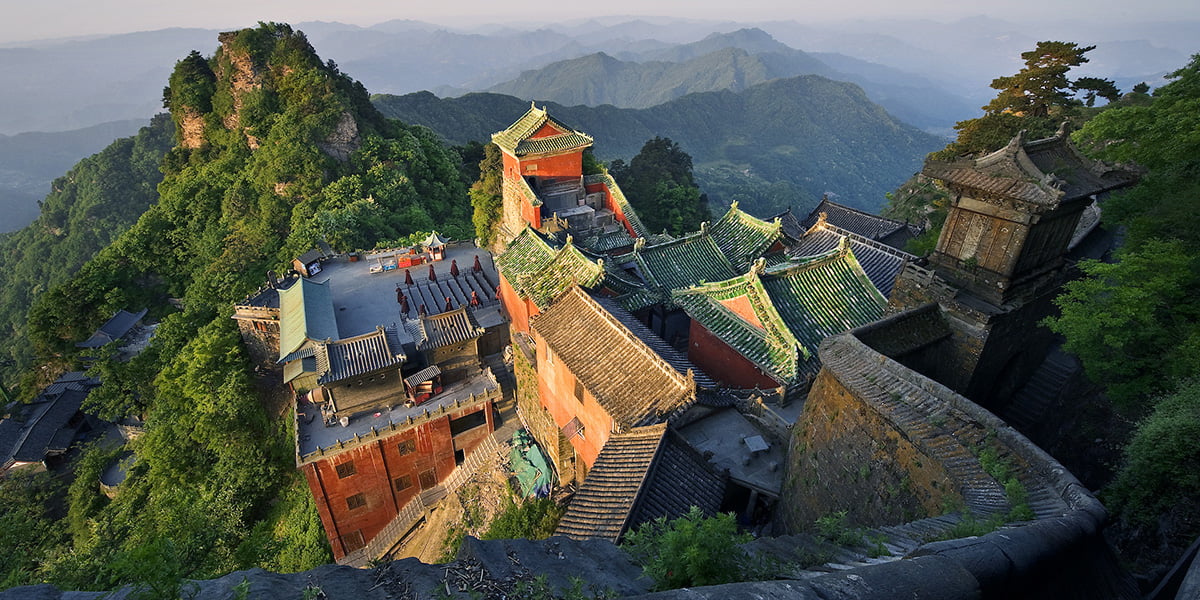
Types of Chinese Teas
– Green Tea: The freshest of teas, green tea leaves are unoxidized and are treated immediately after plucking to ensure they retain their vibrant color. Famed for its health benefits, this tea, with its earthy aroma and delicate flavor, instantly transports you to the verdant tea gardens of China.
– Oolong Tea: Treading a fine line between green tea and black tea, Oolong tea is partially oxidized. With its origins nestled in the Fujian province, this tea is celebrated for its intricate flavors and a lingering sweet aftertaste that dances on the palate.
– Black Tea: Fully oxidized and bearing a rich, robust flavor, Chinese black tea, known as “hong cha” or red tea, is both invigorating and aromatic. From the famous Keemun to the golden-tipped Yunnan, black tea varieties have enthralled connoisseurs worldwide.
– White Tea: This minimally processed tea is the epitome of subtlety and grace. Made from the youngest leaves and buds, it has a gentle sweetness and is often associated with Fujian’s Fuding and Zhenghe areas.
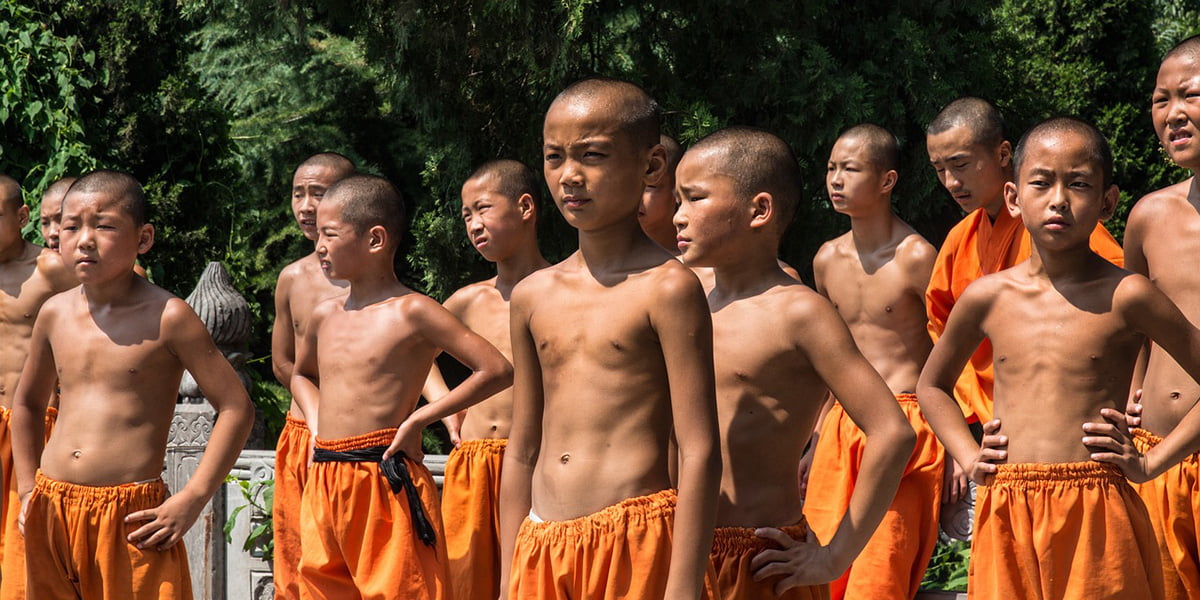
Tea and Travel: A Cultural Exploration
Is China on your travel bucket list? Your trip would indeed be incomplete without immersing yourself in the world of Chinese tea. Begin your odyssey in the picturesque tea plantations of Fujian, where you can stand amidst rolling hills, watching the sun cast its first golden rays over mountains blanketed with tea bushes. It’s not just about viewing; you’ll be an active participant in the creation of this beloved beverage, from the tender act of plucking the freshest tea leaves to the mesmerizing dance of watching them being processed, dried, and prepared for the world.
Then let your journey weave its way to Chengdu, a city where teahouses are more than mere establishments; they pulse as the heart and soul of community life. Nestled in bustling markets or tranquil parks, these teahouses serve as sanctuaries, offering travelers a chance to pause, reflect, and engage deeply with local culture.
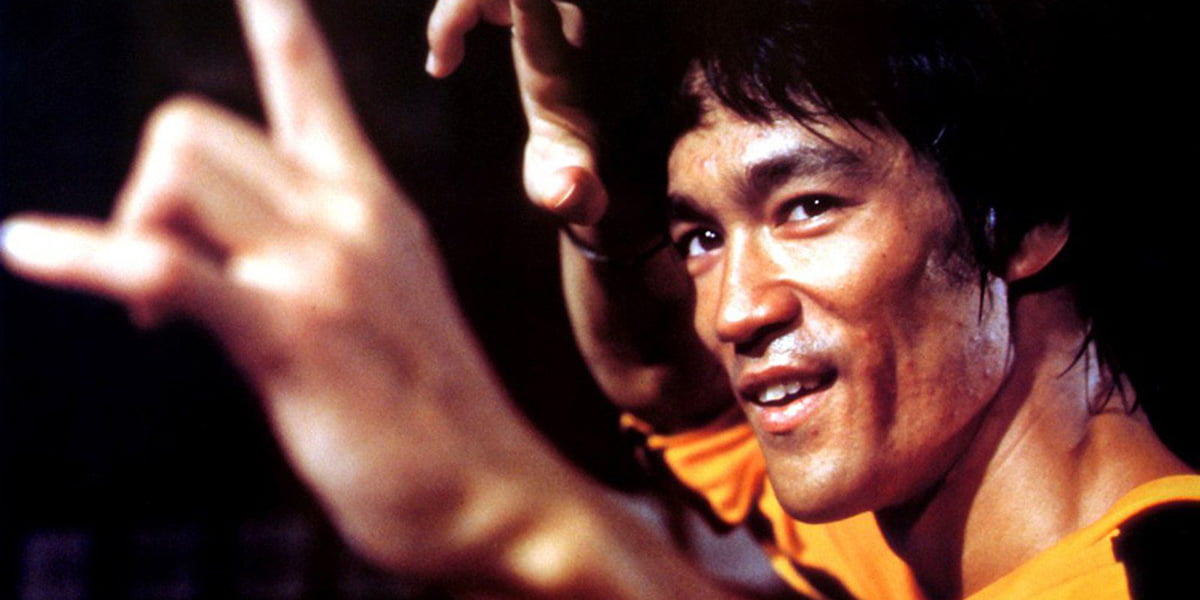
How to Have It? Sip it the Chinese Way
If you’re a tea enthusiast keen to delve deep into the world of Chinese tea, understanding its traditions is paramount. Here’s a more detailed guide:
1. Choosing the Right Teapot: Opt for a traditional clay teapot or its more contemporary counterparts. The key is its ability to retain heat and allow the tea leaves to unfurl beautifully.
2. Selecting the Tea: From green tea’s freshness to oolong’s complexity, choose high-quality, whole tea leaves that resonate with your palette.
3. Brewing: Water temperature plays a pivotal role. For green tea, slightly cooler water ensures the leaves don’t burn, preserving their delicate flavors. In contrast, oolong and black teas often require hotter water to release their full spectrum of flavors.
4. Pouring: Pouring is an art. Pour in a graceful, circular motion, ensuring every cup receives an equal share of the essence.
5. Sipping: Before tasting, take a moment to let the tea’s aroma waft over you. Then, take deliberate, thoughtful sips, allowing the flavors to dance on your palate.
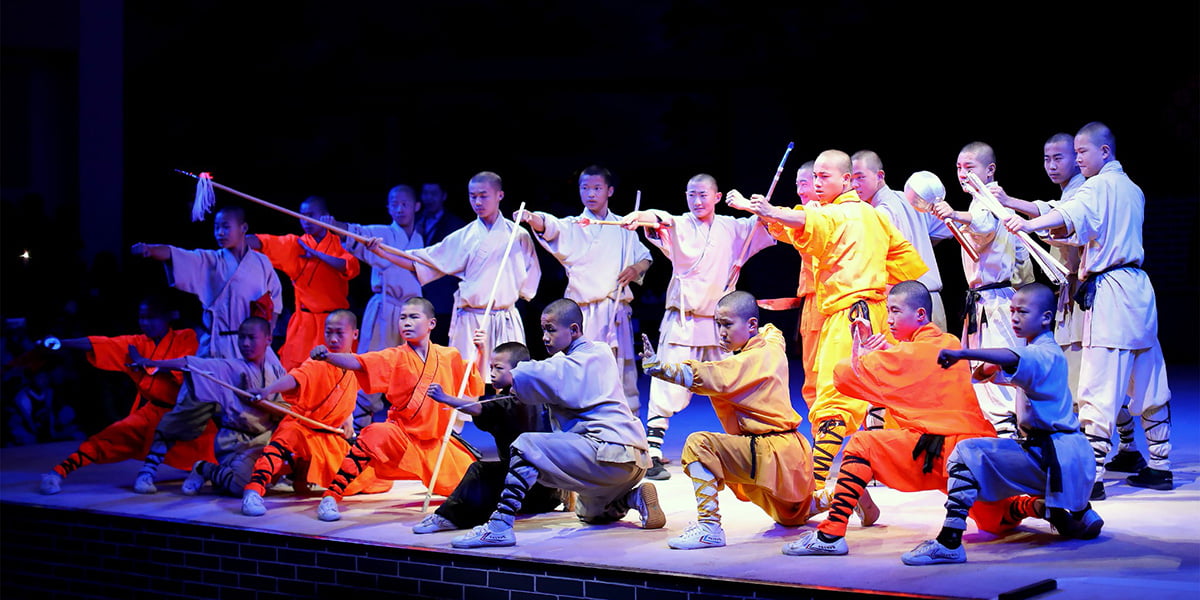
Conclusion: The Soulful Brew of China
Chinese tea, with its intricate rituals, aromatic leaves, and historical roots, represents so much more than a mere beverage. It’s a soulful journey through China’s heart, offering glimpses into its ancient traditions and modern-day reverence for this brew. It encapsulates the spirit of cities like Hangzhou, the serenity of the tea plantations in Fujian, and the bustling energy of teahouses in Chengdu.
So, as you chart your journey to China, envision more than just the towering monuments and sprawling landscapes. Dream of the cup of tea that awaits, ready to narrate stories of emperors, merchants, and millennia of tradition. As you sip that green tea, pour from an ornate teapot, or learn about the myriad varieties, remember that you’re not merely partaking in a beverage; you’re imbibing centuries of history, culture, and the very soul of China. Safe travels and happy sipping!


